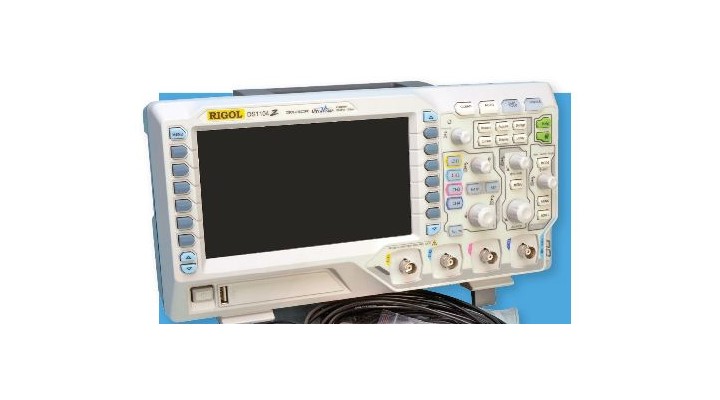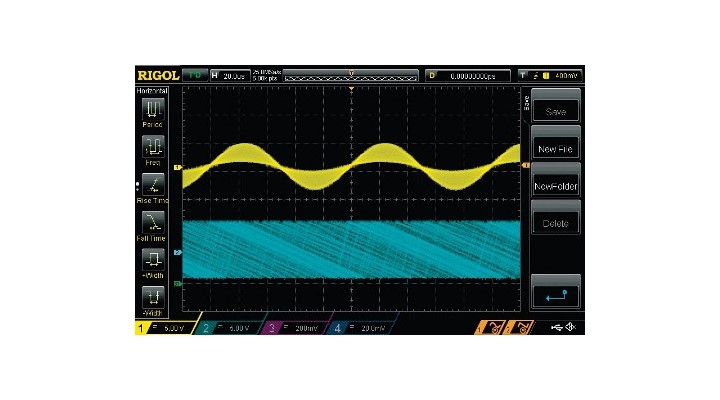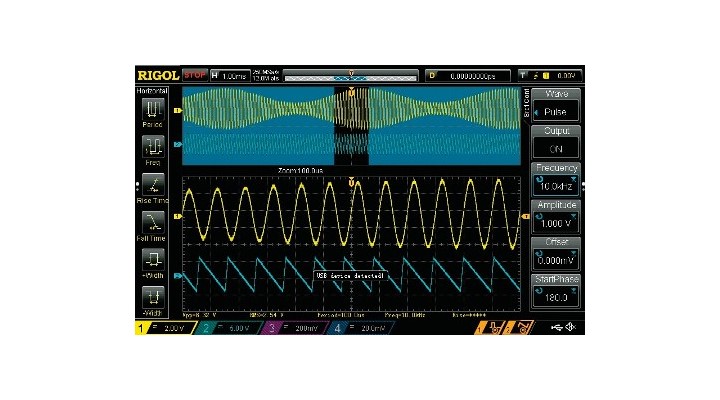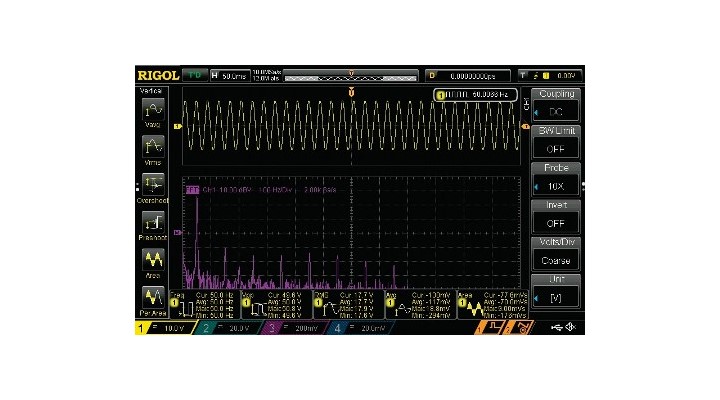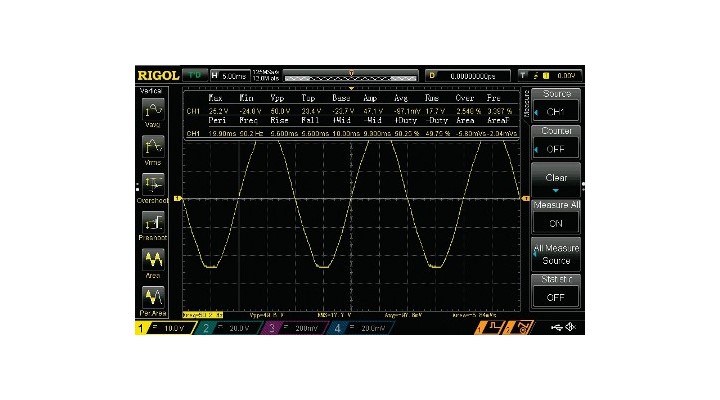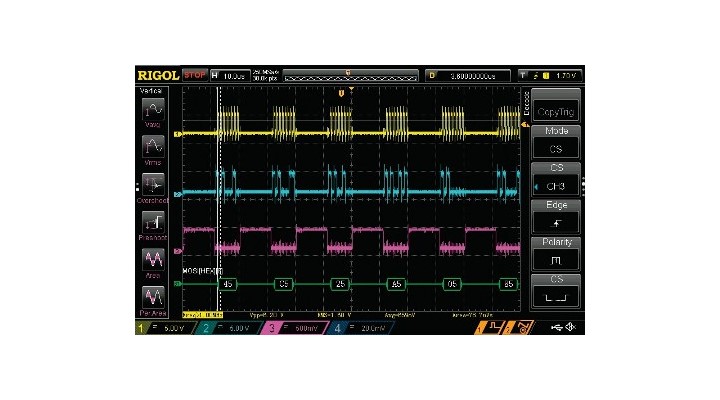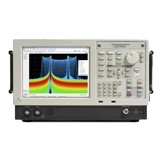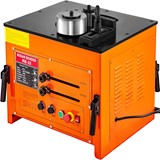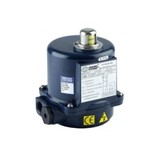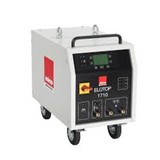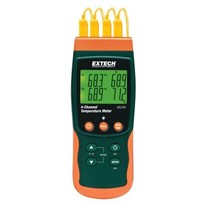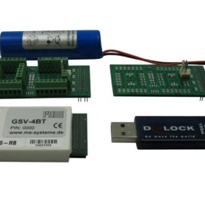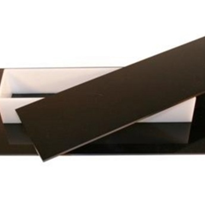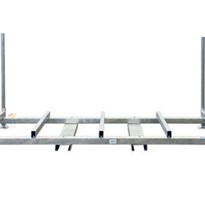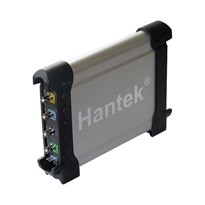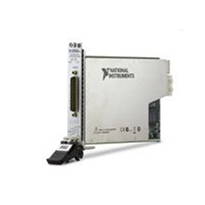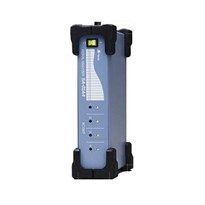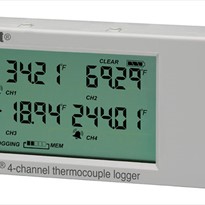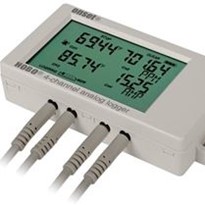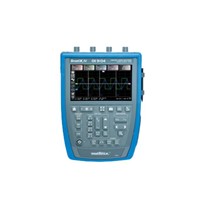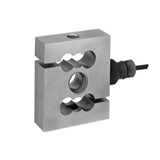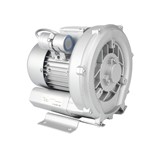Now it should be obvious to everyone that a 4-channel scope is better than a 2-channel scope but how often do you need more than two channels? In the SILICON CHIP lab, we find that this situation arises quite frequently.
It allows you to, say, monitor the input and output of a circuit while using a third channel to probe points in between to see how the signal varies throughout the circuit. Or it allows you to monitor the input and the signals at three different points in a circuit. You tend to do it, just because you can and it gives a better picture of the circuit operation.
There are two DS1104Z-S models available, with 70MHz and 100MHz bandwidth. In both cases, the sampling rate is 1GS/s, dropping to 500MS/s with two channels active and 250MS/s with four.
This scope also has a number of advanced features which would have cost you an arm and a leg only a few years ago. For example, it has a 64-level intensity modulated display (like a "digital phosphor oscilloscope") which means you are much more likely to catch glitches and you get a much better idea of how the captured waveform varies from cycle to cycle– see Fig.1.
This is even more useful when you realise that it can capture up to 30,000 waveforms per second while an entry- level scope may only manage 1/10th of that. That not only means that the dis- play intensity shows you more detail but you also get much faster averaging.
It comes standard with 12Mpoints memory and is upgradable to 24M- points. That gives you a lot of scope to freeze, zoom and pan the display to examine the captured waveform in detail (Fig.2) – which is one of the most powerful features of a DSO, after all. It also has a very good minimum sensitivity of 1mV/div (10mV/div with a 10x probe) which is great for looking at low-level analog signals.
For a bit more money, you can also get a version with an in-built 2-channel 25MHz arbitrary signal generator. This is very handy as it doesn't take up any extra bench space and you can use the wide-screen LCD and front panel buttons to configure it.
In short, this scope raises the bar for test instruments in its price range and offers serious capabilities for hobbyists, educational users and professionals too.
User interface
As well as having good specifications and a number of handy features, the Rigol DS1000Z-series offers an improved user interface which makes the scope significantly easier to operate than most low-cost models.
For example, it has soft buttons on both sides of the screen (left & right) and since the display has a wide format, there is room for menus down both sides while still having space for a 12 x 8 division trace display in-between. The right-side menus and soft but- tons are used for the traditional purposes, ie, configuring channels, triggers, acquisition mode, mathematical transforms, utilities and so on, while the left-side menu is used primarily to set up measurements.
This is one of the most common tasks required while actually examining signals, so having it easy to do is welcome.
This menu is laid out particularly well. The "menu" button at upper-left switches between vertical (voltage) and horizontal (time) measurements, while the up and down arrows at lower-left switch between the two sets of six measurement options in each case. It's then just a matter of choosing a channel and pressing one of the corresponding soft buttons to put the required measurement on-screen.
You can display up to five measurements at a time and they appear below the graticule. You will need to have good vision though (or be wearing your glasses/contacts), as the font used is tiny (see Fig.2).
The measurement options don't stop there though. You can also turn on 'statistics' mode which expands this measurement display (shrinking the trace display but retaining the same number of grid squares). The same five measurements are shown but as well as displaying the current measured value, it also shows the minimum, maximum and average values.
There is also a hardware frequency counter which can be connected to any of the four inputs and appears at top-right. Plus you can bring up a display which shows 20 different measurements for a single channel simultaneously, at the top of the screen. As you would expect, this reduces the space available for traces but is handy for taking in signal properties with a 'quick glance'.
Another nice user interface feature is the fact that there is a dedicated but- ton and three LEDs for the acquisition mode (auto/normal/single). In some cases, you will want to change this often and this avoids a lot of fiddling around with the menu system.
Serial bus support
If you are working with mixed analog/digital systems, or sometimes work with analog and sometimes with digital, having a mixed signal oscilloscope (MSO) can be very handy. This is like a DSO but with digital inputs as well. There is no MSO option for the DS1000Z series but it can do some limited serial bus decoding using two, three or four of the analog channels.
It comes standard with a "parallel" decoding option but given that it only supports a bus up to three bits wide (ie, one channel for clock and the rest for data), it isn't very useful. However, it supports RS-232, I2C and SPI decoding as an extra-cost option. If you have two 2-wire buses, you can decode them both. If you're only looking at a single serial bus then the remaining channel(s) can be used to monitor other signals.
The serial decoding and triggering system is very flexible. You can choose which channels map to which functions: RX/TX, CLK/DATA and CLK/ MISO/MOSI/CS respectively. For SPI, if you don't want to assign an input to CS (possibly using up all your analog inputs), you can have the unit operate without it as long as there is a delay between each SPI packet. You can also adjust the level thresh- olds, display format (hex, decimal, ASCII, etc), signal polarity and proto- col-specific settings such as baud rate for RS-232 and address for I2C.
The serial decoding option isn't as good as having a proper MSO because it won't leave you with many analog channels but it's certainly cheaper and should be quite adequate in many circumstances.
Signal generators
We spent some time using the optional generators for various tasks and found them quite useful. The only thing we don't really like is that the outputs (2 x BNC) are on the back but they're easy enough to access, being near the edge. They are actually quite capable generators with sine, square, triangle, pulse and DC options in addition to arbitrary waveforms.
The frequency, amplitude and phase can be set over a wide range and there's a handy on-screen keyboard (manipulated using the general purpose knob) to make entering frequencies and such easier.
The pulse mode is very useful and can be set up to give pulses over a wide range of periods, however the duty cycle is locked in the range of 10-90%.
Other features
The DS1104Z has quite a comprehensive set of mathematical modes including the usual add, subtract, divide and multiply, FFT (which works quite well), integrate, differentiate, square root, log, exponential, absolute value and others. It can store and display a reference waveform too.
All knobs are also pushbuttons which perform common actions such as centring the selected channel's trace. Pressing on the large timebase knob enables a zoomed view. The memory depth can be changed to adjust the update rate/zoom window trade-off and the sampling rate can also be altered, which affects memory use.
In addition to averaging mode, it also has "high resolution" mode which we've discussed in previous reviews. This is a very useful mode which removes noise from non-repetitive waveforms and it also doesn't have the
lag associated with averaging.
There is a 20MHz bandwidth limit selectable on a per-channel basis. This scope has all the trigger options you might need: AC/DC, LF/HF reject, hold-off, noise rejection. It also has a good selection of trigger modes: edge, pulse, slope, video, pattern, duration and setup/hold. There is an extra-cost option for advanced trigger modes, including: timeout, runt, window, delayed, nth edge and serial (RS-232, I2C or SPI).
This scope also has support for manual or automatic cursors, mask (pass/fail) testing, X/Y mode, rolling trace mode and adjustable persistence. It can save screen grabs, waveform data and configuration data to a USB drive via the front panel socket. A rear panel USB socket can be used to connect a printer and there is a dedicated print button (which can also be used to save the display to USB).
Amazingly for a relatively low- priced scope, it also comes standard with an Ethernet (LAN) socket for remote control and operation. A wave- form recording and playback option is available at extra cost.
What you get
The scope itself measures 313 x 161 x 122mm and weighs 3.2kg. Four passive 150MHz switchable 10:1/1:1 probes are included along with a power cord, USB cable, quick start guide and a CD-ROM. The quick start guide is not very useful; the proper manual is on the CD as a PDF (or can be downloaded from the Rigol website). As mentioned earlier, there are 70MHz and 100MHz bandwidth versions with and without signal genera- tors. There are also four software options: the 24Mpoint memory upgrade, waveform recording and playback, advanced triggering options and serial decode software. These can be added on after purchase; the extra bandwidth and signal generator option cannot.
Conclusion
As you can see from the above, this is a capable scope and is quite good value for money. But does that mean there's no point paying more for a higher end unit? Well, no. The DS1104Z can feel a little slow at times and that includes some noticeable de- lays between pressing a button and the corresponding action occurring. And you do get a bigger screen with more expensive models, including those from Rigol.
We would have to say though that unless you are on a really tight budget, there isn't much point buying a bargain- basement 2-channel DSO any more. The added capabilities you get with this scope compared to a real cheapie (and it isn't just the two extra channels) are well worth the difference in price.
One criticism that could be levelled at this scope is that it has a single set of knobs for the vertical settings for all channels. That means you have to switch channels with a button before making adjustments to that channel. And because those buttons are also used to turn the channels on and off, it can get a bit confusing.
Having said that, you can under- stand why they've done it this way – with the wide screen and all the soft buttons, there just isn't room left for four sets of knobs.
Overall though, it's clear that this is a winner in its market segment and if you don't already have a DSO, it's a good one to start with as it has so many features in a small package.


